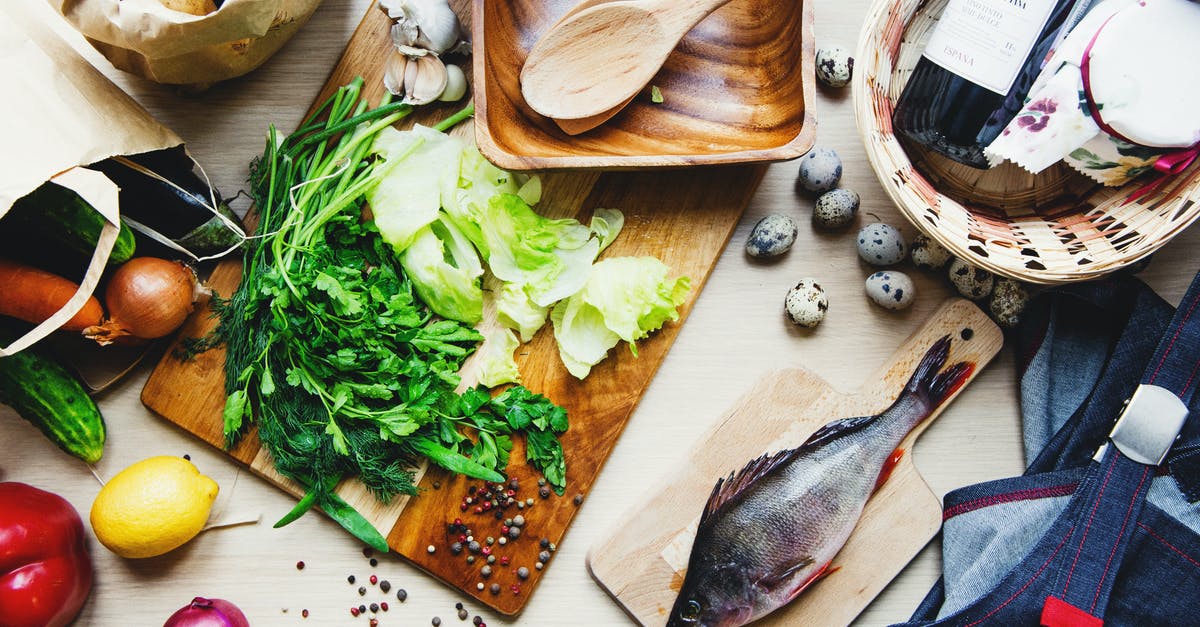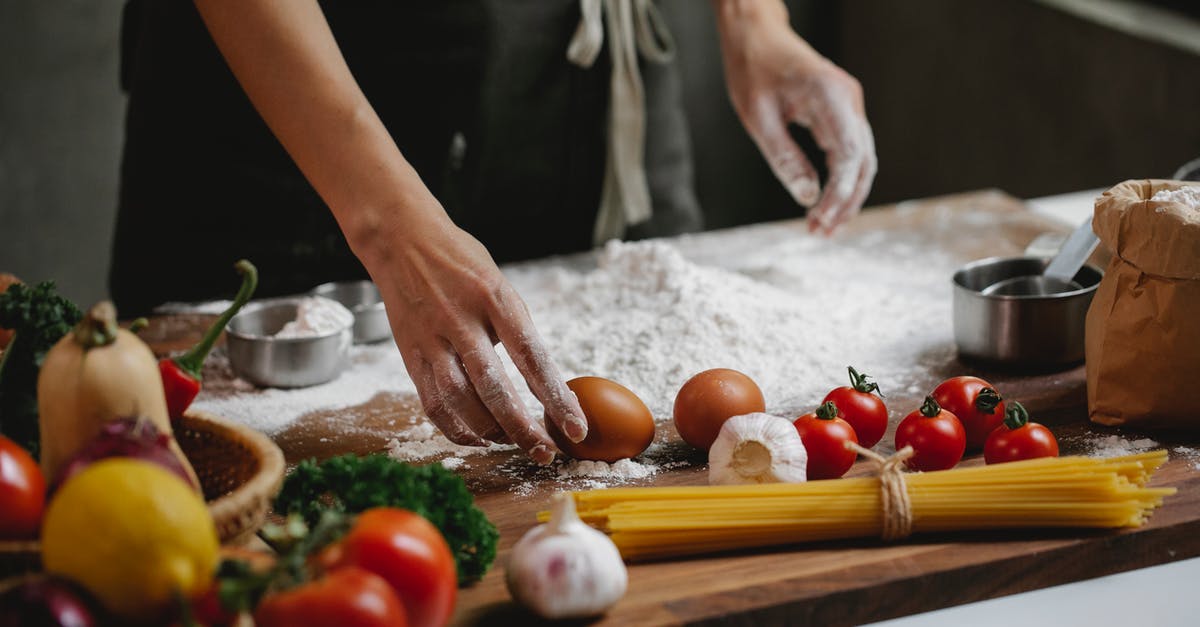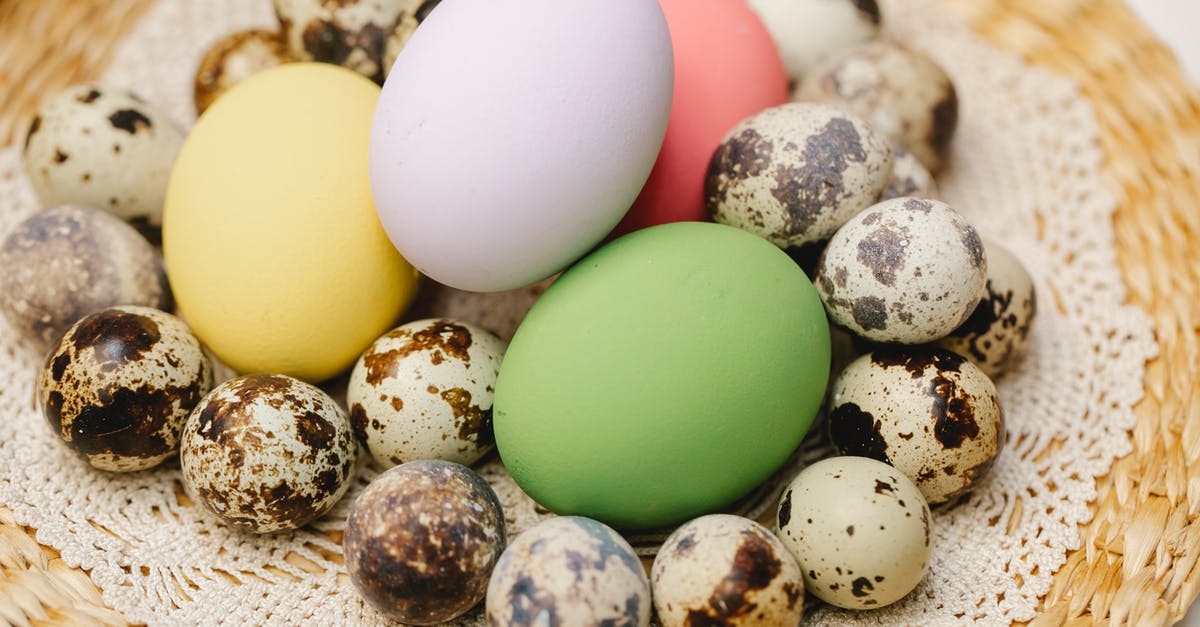Can someone please give an explanation of different egg preparations?

When we go to a restaurant for breakfast and order eggs, we are often asked how we want them. I have a handful of ways that I will eat them (I often prefer over-medium) and I am sure there a large number of ways to prepare eggs I am unfamiliar with.
I have a question then on the various technical definitions of these preparations if I were to go into the kitchen and prepare eggs for someone else. Sorry if this question is too open-ended such that it would require pages and pages for a proper response. Like a good start would be the difference in over-{insert proper word} preparations or distinctions between some of the more popular methods.
Best Answer
Fried Eggs:
Sunny Side Up -- Not flipped, unbroken yolk. The top of the egg is just barely set.
Basted -- Sunny Side Up, hot fat spooned over until the white surrounding the yolk is opaque.
Over Easy / lite -- Flipped, whites fully cooked, unbroken yolk, yolk runny.
Over medium -- flipped, whites fully cooked, unbroken yolk, yolk creamy (not completely runny).
Over Medium Well -- Flipped, unbroken yolk, yolk cooked to have a firm but wet-appearing center.
Over Hard -- Flipped, broken, fully-cooked yolk.
Over Well -- Flipped, intact, fully-cooked yolk.
Broken / Lightly Scrambled -- Broken in pan and gently stirred while cooking - yolk and whites should not be mixed entirely.
Scrambled Eggs -- Made in many different ways. Generally the eggs are mixed in a bowl before being put into the pan, and often stirred while cooking. Some recipes add fat to the eggs in the form of milk, cream, butter, or oil. A distinction can be made between Wet/Loose or Dry, which refers to the degree of doneness.
Omelettes:
Filled Omelette -- Eggs mixed before cooking, possibly with added fat as in Scrambled Eggs. Cooked in fat in a saute pan; when set but the interior still wet, previously-cooked fillings (cheese, onions, mushrooms, peppers, tomatoes...) are added, and the eggs folded over into a half-moon shape.
Spanish Omelette / Western Omelette -- Same as filled, but the egg mixture is poured over the fillings in a hot pan and cooked, thus incorporating the fillings into the egg.
Fluffy Omelette -- Whites and yolks beaten separately. Yolks are gently folded into the whites without breaking the structure of the whites. Optional toppings are added. Cooked slowly in a pan, or baked (an electric frying pan with a lid works well for this preparation).
French Omelette -- Cooked soft & creamy with no color on the egg. Omelette is folded 1/3 in the pan, knocked to the edge so it can be rolled out onto the plate. It ends up being folded into thirds and is very creamy and soft.
Boiled:
Cooked in shell in water for a timed period. Some people will refer to degree of doneness by cooking time, i.e., a "3-minute egg" is soft-boiled with some runny white around the yolk. Some recipes call for eggs to be added to boiling water, others to be started in cold water. In the cold-water start, the pot may be left on the heat or removed when the water reaches a boil. The eggs may be shocked in ice water when removed.
Soft -- Yolk runny, potentially with slight unset white around the yolk.
Medium -- White completely set, yolk firm but with a dark, wet appearance.
Hard -- Yolk completely set and pale yellow.
Poached:
Egg cooked, out of shell, in water, stock, or other liquid -- excluding fats or oils -- at a temperature in the range of 160-180?F (70-82?C). There are possible degrees of doneness, however the typical poached egg has a runny but warm and thickened yolk and fully-set white.
Coddled:
An egg that has been very lightly cooked (poached eggs are sometimes considered coddled). This can either be accomplished with an egg coddler or cooking an egg in its shell with water that is slightly below boiling point.
Shirred:
An egg cooked in an oven at the low-mid 300's?F (~160?C), contained in a ramekin, until the whites are just set and the yolk is runny but thickened. Often butter or another fat is placed on top before cooking.
Steamed:
Very similar to shirred eggs, but the ramekin is covered with some aluminum foil and put in a steamer for 7-15 minutes.
In a basket: Eggs fried in a hole made in a slice of bread
deep fried Moo shu- using a strainer to drop small drops of egg into hot oil in a wok and stir. Frying in vegetables and/optionally meat or another protein then consume on mandarin pancakes with your choice of sauce.
Pictures about "Can someone please give an explanation of different egg preparations?"



What are the different types of egg preparation?
Fried Eggs- Sunny-Side-Up Eggs.
- Over-Easy Eggs.
- Over-Medium Eggs.
- Over-Hard Eggs.
- Egg-in-a-Basket.
- Hard-Boiled Eggs.
- Deviled Eggs.
- Soft-Boiled Eggs.
What are 5 basic preparations of eggs?
Here are five basic ways to cook eggs:- Hard and soft-boiled eggs. Hard-boiled eggs are fully-cooked eggs. ...
- Scrambled eggs. Having scrambled eggs on toast for breakfast makes the perfect start of any day. ...
- Sunny-side ups. Sunny-side ups are fried eggs that are partially cooked. ...
- Omelette. ...
- Poached eggs.
What are the most common egg preparation?
To help you when you're in charge of cooking breakfast, we've put together five of the most popular ways to cook eggs*.What are the different types of eggs?
Purchasing Different Types of Eggs- Egg Color. While many stores sell white or brown eggs, eggs can also come in different colors, such as blue. ...
- Cage-free, Pasture-raised, and Free-range Eggs. ...
- Eggs Enhanced with Omega-3 Fatty Acid. ...
- Organic Eggs. ...
- Vegetarian Eggs.
Every Way to Cook an Egg (59 Methods) | Bon Appétit
More answers regarding can someone please give an explanation of different egg preparations?
Answer 2
Chris' answer is truly epic. I'm adding this to cite a few less common ways of preparing eggs:
Balut:
A balut is a fertilized embryo, boiled alive and eaten in the shell. Too disgusting for the majority of the western world, is quite common in south-east asia, where it is sold in the streets.
Century egg:
Chinese dish. An egg is preserved with a mixture of salt, ash, clay, etc. for up to several months. By then, due to a number of chemical reactions, the egg will have changed a lot in flavor and appearance.
Pickled eggs:
Hard boiled eggs that have been stored in a pickling solution long enough to both preserve the eggs and flavor them.
Tea eggs:
Again from China. Eggs are boiled, the shell lightly cracked, then put in spiced tea and simmered. The tea flows in through the cracks, the spices give additional flavor, and they have a very nice “marbled” appearance once peeled.
Answer 3
"Onsen" egg, a sous vide cooked egg imitating the Japanese method of cooking a poached egg in it's shell in a hot spring. 168 degress F for 12 minutes... crack the shell, pull the halves apart and the egg drops out whole poached.
Answer 4
One more: Smothered; this is where a pot lid is put over the eggs on the grill. This steams the top of the egg while the bottom cooks on the grill.
Answer 5
I didn't see where anyone explained over well, which gets confused with over hard constantly. It's fried completely without breaking the yoke. Simple concept but when I order my eggs this way, I have about a 20% chance of getting them over well instead of over hard.
Answer 6
Sous Vide - Eggs are cooked at a controlled low temperature between 60°C-64°C for up to an hour. The typical result is an evenly cooked egg where the yolks and the whites have an equal degree of doneness with a consistency of custard. Sous Vide eggs cooked at 63°C for an hour referred to as "The Perfect Egg".
Answer 7
It's hard to find a restaurant that fries eggs right. Griddle temperatures used to fry bacon and hash browns are way too hot to fry eggs properly. Restaurant managers and cooks want the food to come out fast but there is a price. They compromise quality for quantity. Pan frying over a low flame is much better than griddle frying. It only takes a few seconds longer cooking at a lower heat but you get Much Better eggs, Better product, Happier Return Customers. I have followed this fried egg definition since about 1968 with zero complaints on the quality or speed.
Sunny Side Up = Whites are solid on bottom and slightly loose on top. Yokes runny. No brown crispy edges or sides.
Over Easy = Whites are slightly loose. Yokes runny. No brown crispy edges or sides.
Over Light = Whites are solid on both sides. Yokes runny. No brown crispy edges or sides.
Over Medium = Whites are solid on both sides. Yokes partially solid. No brown crispy edges or sides.
Over Well = Whites are solid. Yokes are mostly solid. Crispy edges are tolerated by some people.
Over Hard = Whites are solid. Yokes are completely solid. Crispy edges and slightly crispy on both sides are tolerated by some people.
Burned = Everything is dark and crispy.
Answer 8
I want to add my favorite type of omelette, the french country omelette. This is a soft and moist omelette that is not very hard to learn. You can even achieve browning with this method while still having something moist.If you're worried about pathogens then pasteurize the eggs in 55°C water for two hours.
It's done with a medium-hot pan and you pour in the egg mixture, allow a skin to form on the bottom and then drag that skin to the centre with a fork allowing uncooked egg to spill into the outer parts of the pan. Add filling and then roll into a cigar shape like a french haute omelette. There's a korean variant called a tornado omelette where you use chopsticks to twist it creating a beautiful vortex shape.
Here's Jaques Pepin showing us the difference between French country and French haute (which he calls classic): https://www.youtube.com/watch?v=s10etP1p2bU
Tornado version:https://www.youtube.com/watch?v=1uXi8BE7Wo0
May you eat nice eggs!
PS, Bill Granger is known as Sydney's egg master, watch him make scrambled eggs.
Sources: Stack Exchange - This article follows the attribution requirements of Stack Exchange and is licensed under CC BY-SA 3.0.
Images: Ksenia Chernaya, Klaus Nielsen, Klaus Nielsen, Klaus Nielsen
